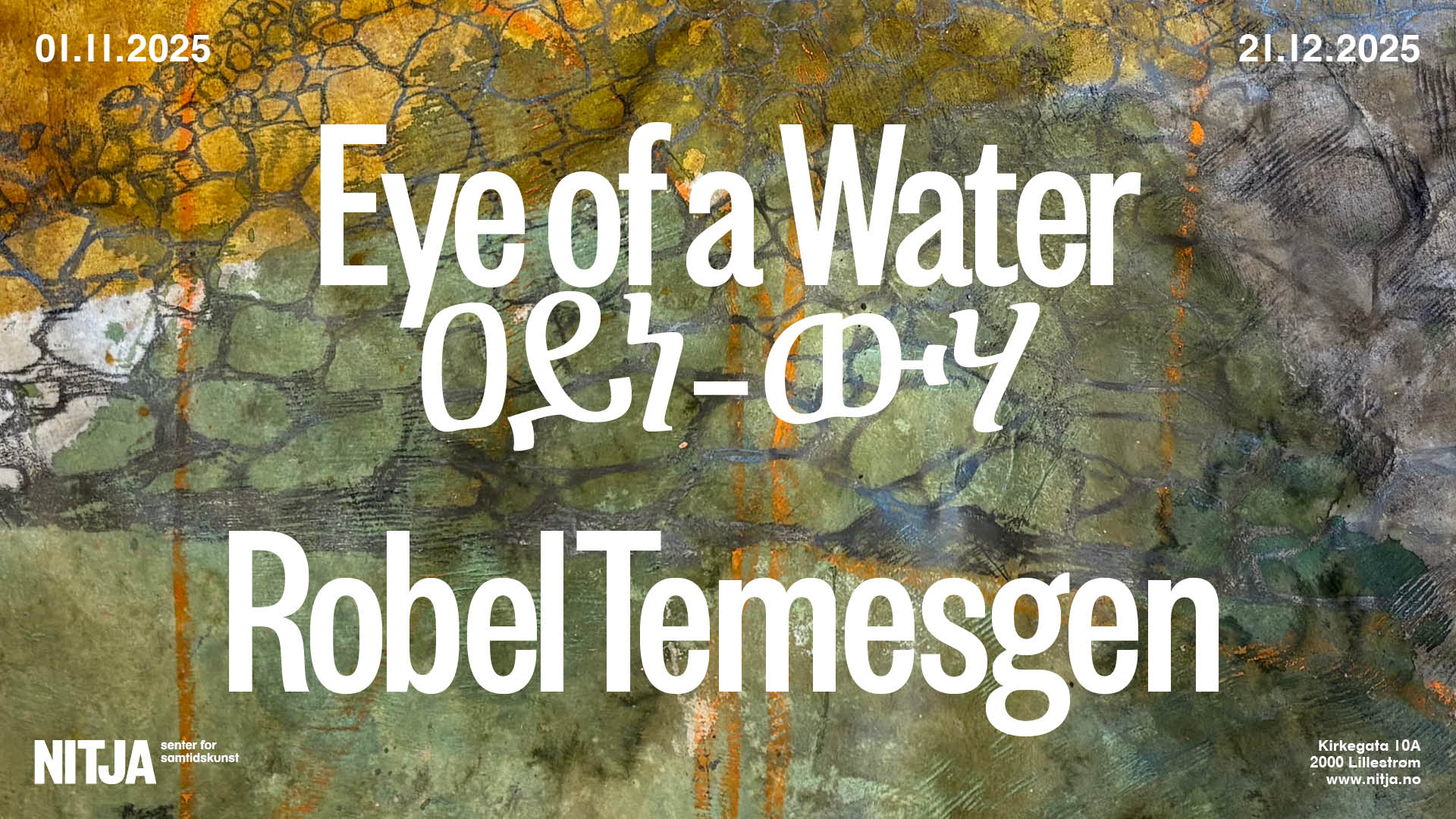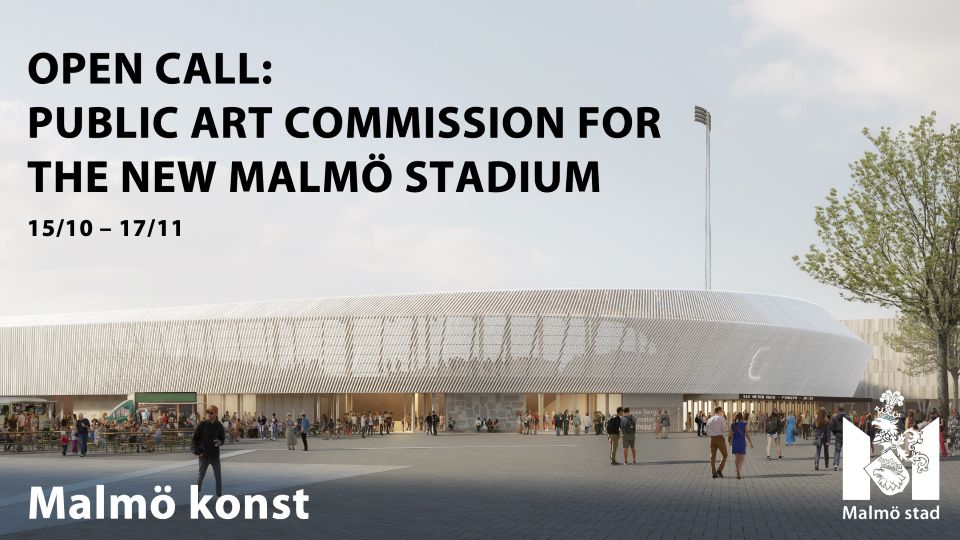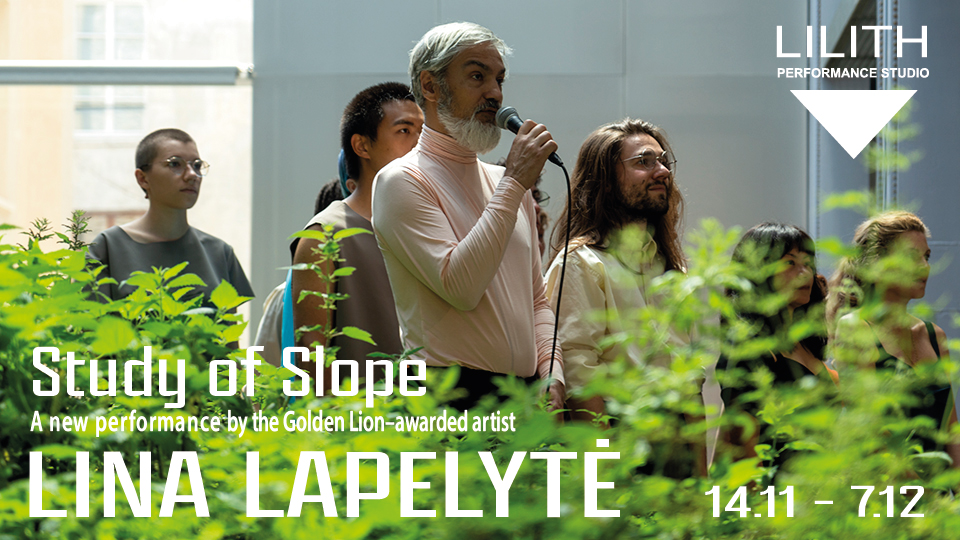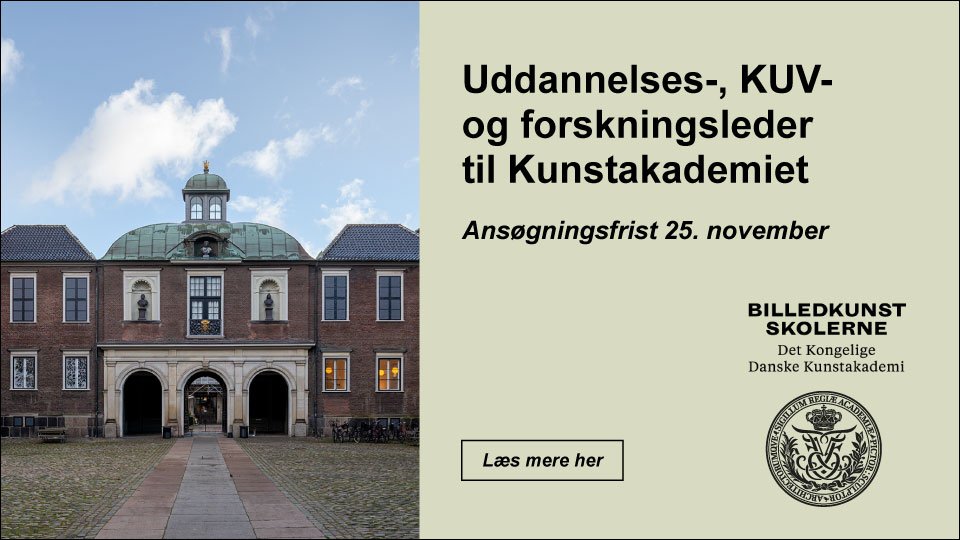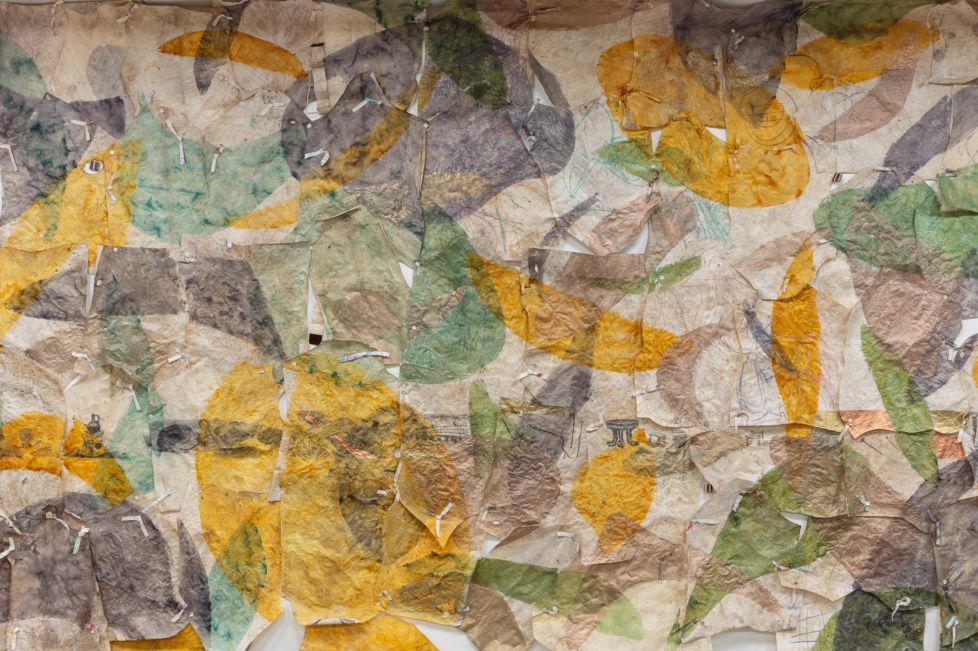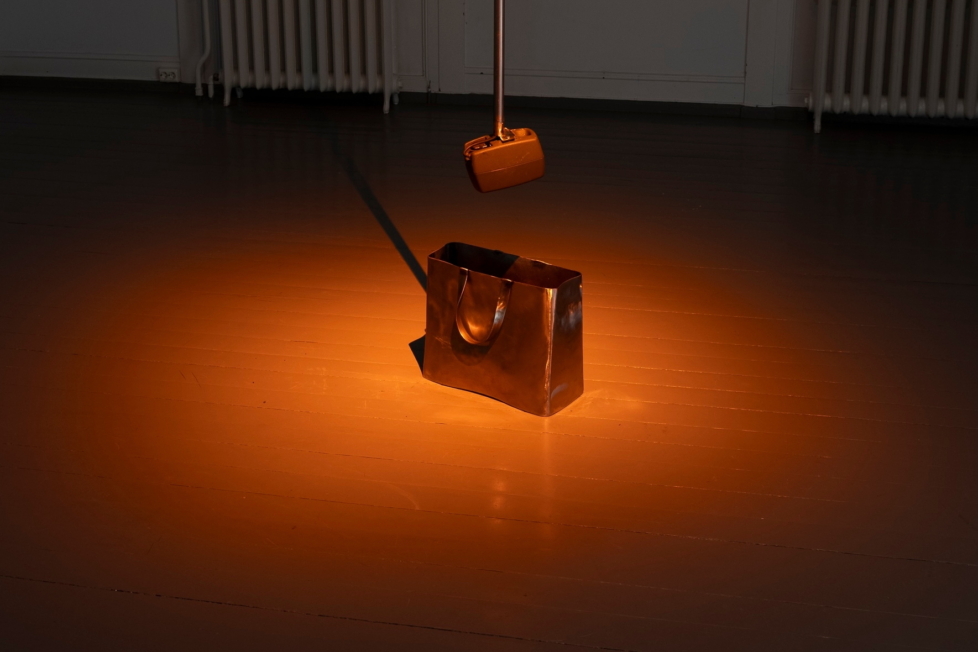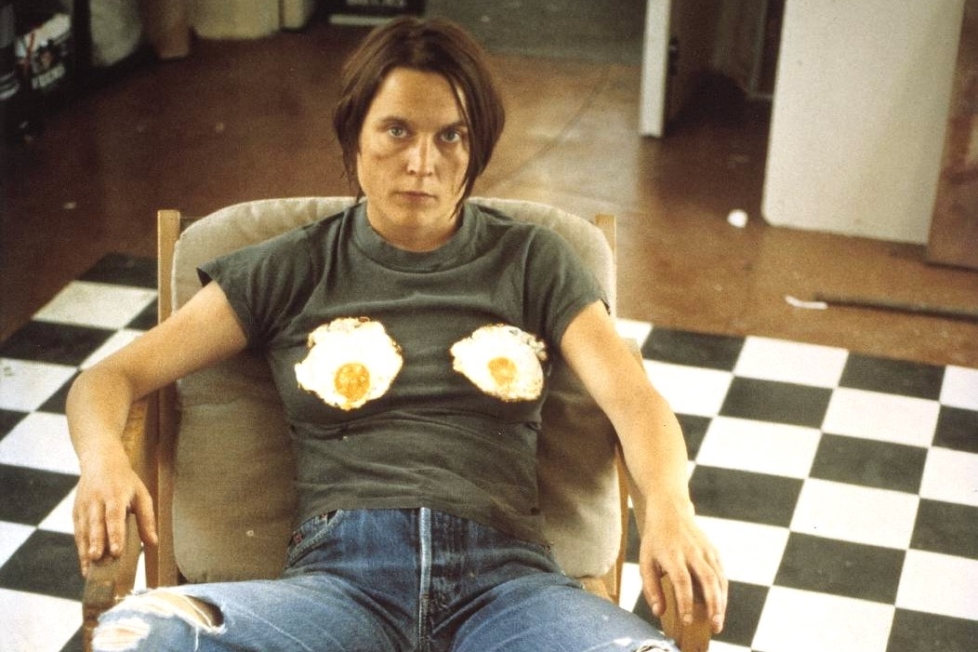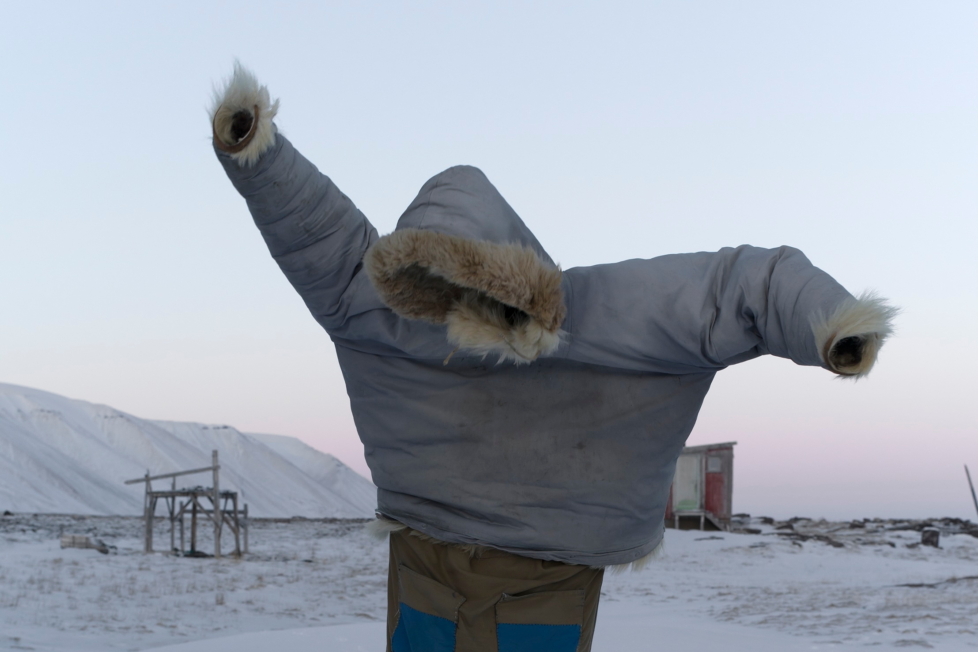
“The more the world expands, the less accessible it becomes. Borders are shut, books are burnt, paintings are torn from museum walls, dear names are banished, everywhere there is hostility against the refugees, countless camps where the abandoned are discarded. Those who are pleading in front of the consulates are now treated as refuse. Some who still have money and influence are granted entry anywhere, the others are consigned to the new, fearful laws, the quota regimes that turn them into numbers, into parcels.”
Thus wrote Peter Weiss in a catalogue text about his friend Endre Nemes, for an exhibition at Liljevalchs in Stockholm in 1972. The Jewish, Hungary-born Nemes had arrived in Sweden in 1940, escaping the Nazi regime. Weiss, who had arrived the year before, had gotten to know Nemes when they both studied at the art academy in Prague. Nemes’s paintings, Weiss held, registered the experience of flight and exile. With their dense compositions, saturated with figures, forms, and signs, with associations, contrasts, and conflicts, Nemes reproduced the personal and political fragmentation he had suffered on his way through Europe. The ruins of the world were represented in the chaotic myriad of details in his images, at the same time as the new unity of the elements in his dreamlike, overcharged compositions suggested the possibility of another reality, beyond the rupture of history: a “triumph over annihilation.”

Nemes and Weiss are reunited in the exhibition Migration: Traces in an Art Collection, at Tensta Konsthall. Among the three works by Nemes in the show, the most important is Man med pendyl (Man with pendulum, 1944), a medium-sized oil painting in portrait format that depicts a full-length human figure flanked by a dog and a baboon. The figure walks along a meandering path against the background of an obscure landscape painted in blue and brown hues with broad, smeary brushstrokes. The figure has arms, legs, and no body, but instead a city. In place of the head and the torso, there is a carnivalesque clutter of forms and shapes emphatically applied with thick swathes of colour: an imaginary architecture of churches, temples, and ornamented furniture pieces ripped through by bizarre bushes of flowers and fruits, and populated by ghost-like characters and ominous creatures (such as an upside-down raven). Man med pendyl is the image of a person in flight, propertyless and homeless, who carries within himself a multitude of worlds.
On each side of Nemes’s painting hang three smaller works by Weiss. They are simpler in execution, two drawings and one tempera painting that draw from the same late-surrealist iconography, and which share the same experience of precariousness, poverty, and flight, but which in their formal language edge closer to the legibility of agitprop. Den fattige och den rike (The poor and the rich, 1946), a drawing in pencil and Indian ink, shows an emaciated poor man carrying a fat rich man on his back. The rich man phlegmatically stabs his spurs into the crouching man’s rib cage. It is an image that aims for iconic clarity rather than complexity or conceptual sophistication. It is also well-known and often reproduced – among other things, it was featured on the cover of Moderna Museet’s Weiss retrospective in 1991.
To see it again at Tensta Konsthall is like seeing a friend who you thought you had lost forever. It was last shown at a bleak event in connection to a sale of works by Weiss at the Bukowski’s auction house last winter, the final station before the work’s definitive institutional dispersal or, worse, deportation to private collection purgatory. The fact that Den fattige och den rike is included in this exhibition along with five other pieces by Weiss – some of which belong to his most achieved visual works, such as Teaterskiss (Sketch for Theatre, 1955), an at once restrained and dramatically evocative study in gouache – means that some of them will remain publicly available, at least in principle.

“Traces in an Art Collection,” the exhibition’s subtitle says. The art collection in question is that of Malmö Art Museum, parts of which now exist in a sort of temporary exile at Tensta Konsthall. The exhibition, curated by Maria Lind and new director Cecilia Widenheim (formerly director of Malmö Art Museum), gathers works by forty-one artists from the 1880s until today, all relating to the theme of migration. The exhibition shows the works from this collection as a gathering of friends, as an encounter between works united by the experiences whence they emerge, by the hopes that they share, by the struggle of resistance in which they are allied, but also by the great play of forms and techniques, experiments and styles in which they are engaged, and which seems to suggest the possibility of another community, at once in and beyond the fragmentation of exile.
Not only Nemes and Weiss have guiding roles in this encounter. Hanging on a structure standing freely in the art centre’s open, wide exhibition space is a relatively large gouache on paper by Sonia Delaunay, Rythme couleur (Colour rhythm, 1952). It is less intense, almost subdued, when compared to the polychrome light storms Delaunay could conjure during her most miraculous period in the 1910s. The characteristic circles and spirals, whose combined and layered colours evoke a kind of kaleidoscopic Venn diagram, are here inserted into a vaguely sketched, but more restrained grid of colour blocks in matte nuances of grey, blue, and umber. But this late austerity does not reduce the force of the composition. In Delaunay, we find another figure for the exiled, for the artist in flight, a variation on Modernism’s wild ideal of exodus, but liberated from the weight of patriarchal heroism: migration as dissolution in a cosmopolitical vortex of light.
In Migration, Delaunay’s light waves extend out into the exhibition space, in the exhibition design that Luca Frei has been commissioned to realise. Colours and forms from Rythme couleur recur as visual echoes on the walls of the space, as well as on the sleek, elegant display structures which are distributed across the floor of the main gallery, where they establish partitions and zones of attention. Delaunay’s formal language, we could say, functions as a sort of visual armature for the exhibition, a matrix for its broad spectrum of art historical styles and techniques – or perhaps an index in relation to which the fluctuations of the different works can be measured. The intervention remains relatively subtle, but provides a general aesthetic coherence for the exhibition’s meta-composition.

Among other works in the exhibition, there is a large painting by Leon Golub (Prisoners, 1989), whose somehow worn, distressed figures and asymmetric canvas connote a fragmented mural, a fractured form that reflects the situation of the nameless prisoners; and Runo Lagomarsino’s extensive wall installation Las Casas is Not a Home (2008–2010), whose arrangement of small sculptural forms, documents, images, and maps establishes a necessary link between the migration theme and the history of transatlantic colonialism; it is the contemporary work that asserts itself in perhaps the most convincing way in the exhibition. There is also: a rather unremarkable small landscape painting depicting boats and huts by the seaside in Riga by Niklavs Strunke (Riga’s seaside, 1946); a group of serigraphs by Swedish artists, published by Amnesty International in solidarity with political prisoners in Pinochet’s Chile (1974); and a genre scene in academic style from the 1880s by Jakob Kulle, which shows a family from southern Sweden gathering around a recently arrived letter from relatives emigrated to America, Amerikabrevet (The America letter,1881).
As this list suggests – and it could have been longer – Migration features a multitude of works in different genres, from different contexts and historical moments, whose connection back to the exhibition’s conceptual framework at times appears tenuous. It is a testament to the skill of the exhibition makers that the spatial arrangement of all of these works is able to command their heterogeneity. We are reminded that a well-made exhibition can establish a comparability, a communication between essentially incommensurable objects, without reducing their specificity, without separating them from their social and historical contexts.
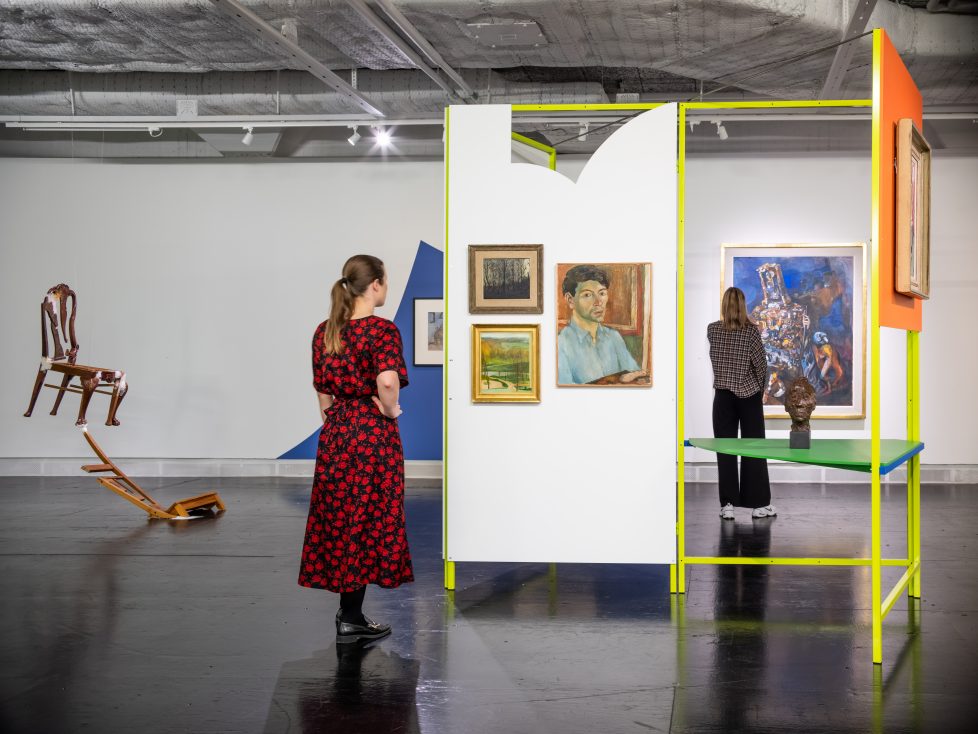
In this respect, Migration makes implicit critical reference to a tradition in exhibition history where the congregation of artworks in the space of the museum should liberate them from their contingent worldly contexts, allowing them instead to merge into a higher redemptive image of art’s universal community, beyond all political conflict and fragmentation – a tradition in which we could include André Malraux’s museological imaginations from the postwar years, or Arnold Bode’s first Documenta exhibitions in the 1950s. Such a conciliatory universalism, Migration suggests, would merely repeat the violence of exile at another level.
Migration loses intensity only in a section with video works presented on low pedestals in the center of the space. A film such as Maxime Hourani’s Twice Removed (2017) is unable to assert itself in the context, despite addressing a rich problem regarding the repressed legacies of radical museology: its images are too generic, its ‘essayistic’ montage of text fragments and archive clips too vague. Nor are Pia Arke’s works able to come into their own in the exhibition, despite their obvious relevance to the theme. The only freestanding film that actually functions in the exhibition does so through a sort of macabre contrast effect: Ewa Einhorn and Jeuno JE Kim’s scandalous South Park-variation Whaled Women (2013), in which Arctic fishermen accidentally commit mass murder of female refugees and endangered whales, because of unreflected misogyny and xenophobic language confusion.
There is another strong image that purports to serve as a reference point or perhaps allegory for Migration as a whole: Sven X:et Erixson’s Flyktingar i Malmö Museum (Refugees in Malmö Museum, 1945), familiar to the well-versed exhibition visitor perhaps not least because it served a similar function in last year’s Moderna Exhibition in Stockholm. It has the physical dimensions of a history painting, and with the corresponding pretensions. It shows a fateful scene. In April 1945, a large number of refugees from German concentration camps arrived to Malmö with the Red Cross “white buses.” There was a lack of space for housing them; perhaps also a certain lack of will. Malmö Museum’s director Ernst Fischer, therefore, decided to open the museum for the refugees. It served as a shelter for nine-hundred refugees during six months.

X:et’s painting shows the artist’s fantasy about the moment the refugees entered the museum. It is a dramatic image, whose strong colours and almost theatrical spatial representation combine into a dynamic composition: the refugees enter from the right in the image, where a large window opens toward the city outside; the painting’s mid-section is dominated by a group of refugees, nurses, and the museum’s artworks, scenographically distributed across the foreground and the background; to the left, a large red staircase arches up toward the corner of the painting, giving the composition as a whole a powerful, diagonal thrust. The painting’s central device is that by which a visual equivalence is established between the refugee figures, the nurses in white aprons, and the artworks which also populate the pictorial space: a female bust on a pedestal repeats in both scale and shape one of the nurses in the foreground; the head of a refugee merges with the image of a head in one of the depicted artworks in the painting, etc.
That is: the space of art, the one opened by the great communication of artistic forms, is the space of universal humanism, of a community beyond all conflicts and borders. X:et’s painting is in this respect an evocative image of the museum as a sanctuary, as the site for a sort of permanent, higher exile. But perhaps it is not in the heroic humanism of the war’s final moments, when culture’s universal ideal could at last redeem the fragmentation of politics, that we may find the most productive figure for grasping Migration’s politics, for thinking which kind of social community is implied by the community of its arrangement of artworks. Instead, Migration reaches back to an earlier moment, to the friendship between forms that united Nemes with Weiss, where a coalition between the banished could still be the figure for a larger coalition in conflict, and, therefore, for political hope: an aesthetics of resistance.

